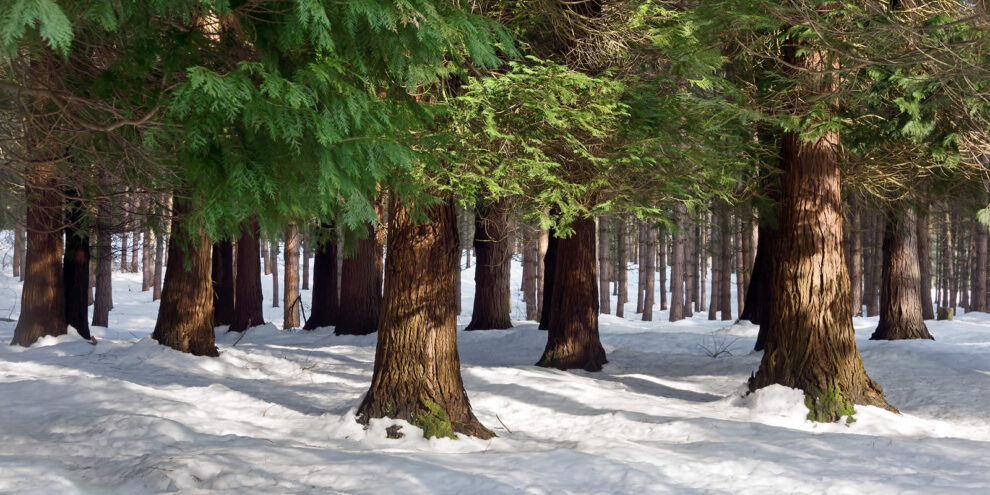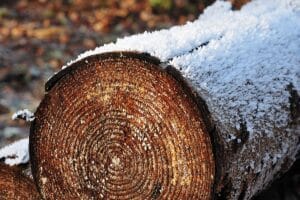The biology and science of growing trees has a temperamental relationship with the economics of pricing timber. While forests grow through the business cycle, U.S. wood use declined 34% during the Great Recession. Fortunately, from 2016 through 2021, housing starts increased 34%, U.S. softwood lumber production increased 23% and U.S. production of oriented strand board (OSB) increased 19%. Finally, log prices in select local markets in the South and more generally in the Pacific North have demonstrated strength and resilience over the past several years.
Demand and supply, muffled by mill capacities and product inventory levels and kinked supply chains, drive per unit pricing for building products such as lumber, plywood and oriented strand board (OSB). But for individual trees, local market conditions have more to say about price levels and volatility. While macroeconomic conditions drive the trend, we study local mills and log specifications relative to local available supplies to assess how one timber market may fare relative to another. When talking with hundreds of forest industry professionals and contacts each quarter for the Forisk Market Bulletin, we are mindful that, at times in local markets, correlation can differ from causation.
Scenarios Test Assumptions
When analyzing local timber markets and wood baskets, Forisk employs Base, High and “Slow” Case scenarios to test the effects of different assumptions related to housing markets, the success and failure of bioenergy projects, the shifting production of lumber across North America, and the impacts of log export markets. Then we add “special” case scenarios to assess the implications of shifts in technology, natural disasters and large or risky capital investments.
We do not view all scenarios as equally likely; rather, the Base Case represents, in our view, the most likely scenario and forecast given our research and reconciliation of current and previous models, our understanding of the local supply chain and feedback from local operators. The Base Case is grounded in historical precedents and significant price-to-demand relationships at the regional and state levels. As expected from a useful benchmark or operable market analysis, the Base Case aligns with “observation” and available data.
We have little control over housing markets or inflation. That said, analytically in the forest products and timberland sectors, we find signs of growth and increased production across the industry. The data speaks to how the continued self-sufficiency in U.S. lumber markets, tightening log supplies in Canada, and expanding wood-using capacity raise the floor for timber demand and mitigate the effects of economic sluggishness.
This content may not be used or reproduced in any manner whatsoever, in part or in whole, without written permission of LANDTHINK. Use of this content without permission is a violation of federal copyright law. The articles, posts, comments, opinions and information provided by LANDTHINK are for informational and research purposes only and DOES NOT substitute or coincide with the advice of an attorney, accountant, real estate broker or any other licensed real estate professional. LANDTHINK strongly advises visitors and readers to seek their own professional guidance and advice related to buying, investing in or selling real estate.










Add Comment